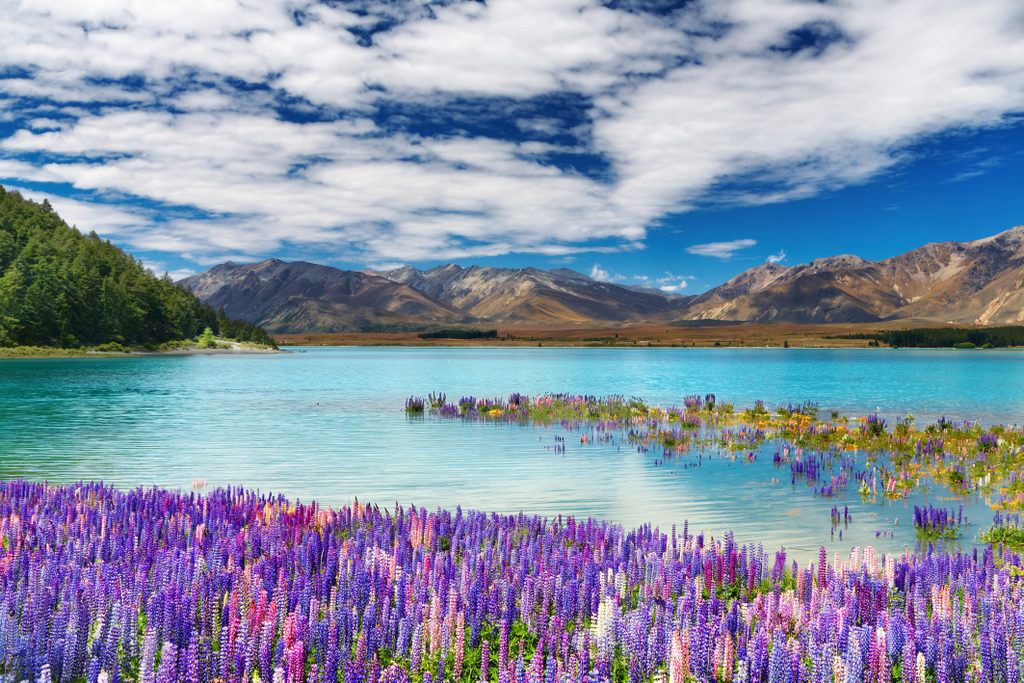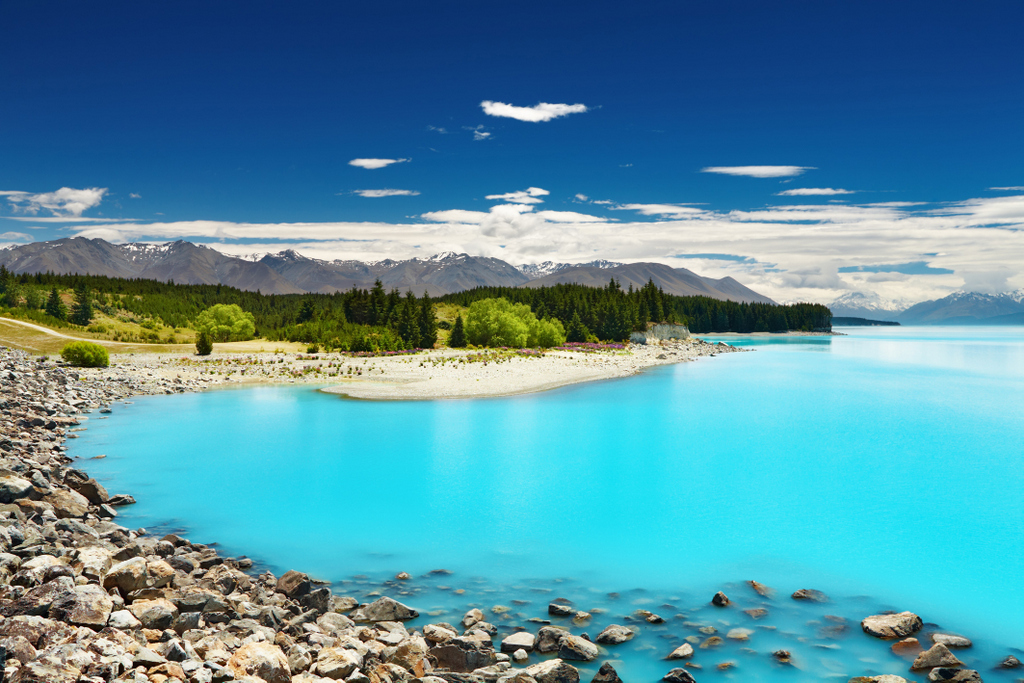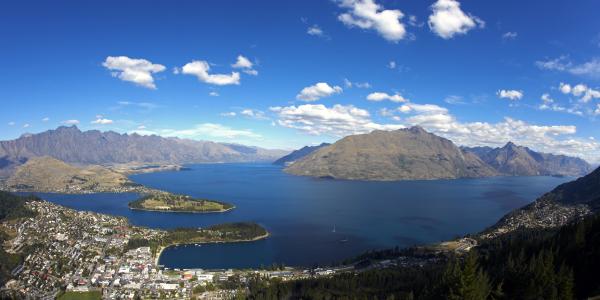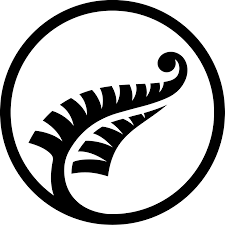Did You Know?
There are 3,820 lakes in New Zealand that have a surface area larger than one hectare. Many of the lakes in the central North Island are volcanic crater lakes. The majority of the lakes near the Southern Alps were carved by glaciers.
New Zealand's largest lake is Lake Taupō, in the central North Island, with an area of 623 square kilometres. It lies in a deep basin created by a massive eruption of the Taupō volcano, about 26,500 years ago.
The deepest lake in New Zealand is Lake Hauroko, in western Southland,which reaches 462 metres. It is the 16th deepest lake in the world.
The Maori word for lake is ‘roto’, and many lake names start with this. Some examples are: Rotoiti (small lake), Rotoroa (long lake), Rotomanu (lake of birds) and Rotomahana (warm lake).
Lake Tekapo is one of several glacial lakes with a distinctive blue-green colour. This is caused by tiny suspended particles (called rock flour) that have been ground off the underlying rock by glaciers.






